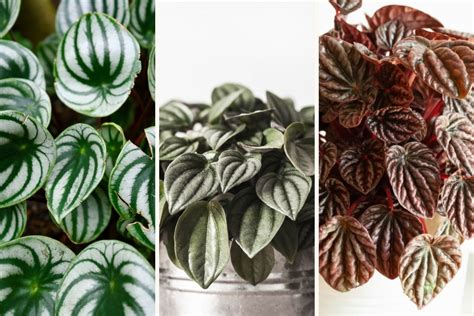
AKA:
P. verticillata ‘Belly Button’, P. metallica, P. nitida and many more varieties
Light: Peperomia plants need a medium to bright light to maintain their vibrant foliage colors. Morning light and filtered light is ideal. If using artificial lights, 12 to 16 hours of exposure is needed. Insufficient light will result in fewer leaves and leaf drop.
Watering: Allow the surface of the soil to dry out between waterings. Keeping the peperomia on the dry side is better than saturating it, which leads to root rot and fungus gnat problems.
Humidity: If your plant doesn’t get an outdoor vacation in the summer, place it on a tray of pebbles and water to increase ambient humidity.
Temp: As tropical plants, peperomias like it warm and steamy, especially in the summer months when growth is most active. Hardy in zones 10-12.
Soil: Peperomias like chunky, loose, and acidic soil. An orchid potting medium works well. Regular potting soil will work, but you’ll need to adjust your watering schedule accordingly.
Fertilizer: With the right potting medium, fertilizer is not needed frequently. General houseplant fertilizer can be used during spring and summer every 4-6 weeks.
Toxicity: Varies between varieties. Some are mildly toxic while others are not.
Information may vary depending on plant variation